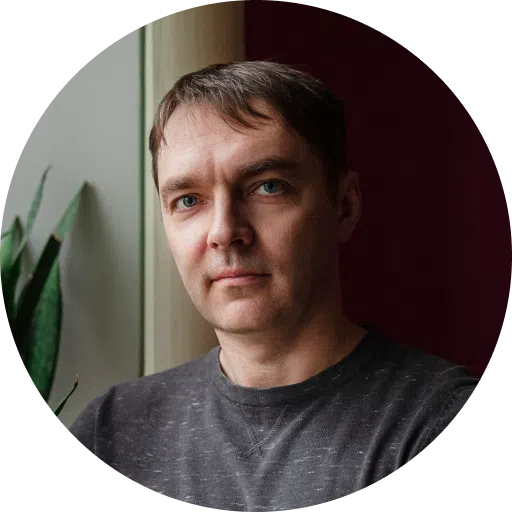Best Practices of Security & Protection of Mobile Applications
Smartphones for its users are not only means of communication. One can find practically everything about a human, even their medical or banking data. Accordingly, personal data stored in the system becomes valuable prey for criminals who enrich themselves by stealing this information. Therefore, ensuring mobile applications' safety is not a whim but a necessity caused by reality. There are some ways of mobile application protection below.
Safety threats for mobile applications
In terms of procedure, mobile application security is the verification and testing of software to ensure sufficient protection of its programs from criminal attacks. By confirming an agreement with terms of use, the consumer thereby delegates responsibility for data safety to the company that provides the product.
Statistics show that data loss occurs three times more frequently while using business programs than using a personal application. The following numbers illustrate the situation:
- approximately 83% of applications have at least one vulnerable feature;
- almost 75% of mobile programs do not meet the basic safety norms;
- 91% of iOS applications and 95% of Android programs have certain mobile security problems.
What are the safety threats for smartphone programs?
- Data leak. The response of users to queries when downloading the program opens up access to additional data used in advertising campaigns and to generate revenue.
- Disadvantages of cryptography. Mobile cryptography is the basis for data and program security. If a developer is trying to save time, encryption algorithms with defects or no encryption might be used. Testing involves checking and decrypting iOS by the system, while Android checks the software with a digital signature, avoiding authentication of the subscriber.
- Phishing attacks. Real-time tracking of emails and texts by enabled smartphones makes the device vulnerable. The subject of an email can hide a trick for stealing data; unfortunately, there are no direct and effective ways of protecting against it yet. However, it is possible to minimize risks by using two-step authentication and informing users about methods of criminal intruders.
- Malicious software for mobile devices. Digital copies of programs hosted on third-party sites allow hackers to steal data. Such programs are downloaded from stores with poor-quality moderation.
- Spyware that sends information to attackers. It will not be possible to eliminate risks at the software level; again, only following the recommendations will help.
- Operating system vulnerabilities occur when the operating system is not updated on time.
The development of complex strategy for mobile security comprises several aspects:
- Planning.
- Identifying and solving problems.
- Setting strategic goals and KPIs.
- Selecting adequate tools to ensure security.
More details about steps towards personal data protection in mobile programs are below.

Safe codes
Attackers easily read errors and defects in the source code due to the location of most of the code on the client's side. Reverse engineering techniques used by hackers help them steal data and damage a customer's reputation. Therefore, the task for developers is to provide tools to prevent such threats.
User authentication
Reliable authentication is the means to provide security for mobile applications. To fulfill this task, programs should recognize only secure passwords that consist of letters and numbers. Biometric authentication might be used to strengthen the security of private applications: this requires fingerprint or face identification.
Соmpliance and integrity
Even the most famous cryptographic algorithms, like MD5 or SHA1, do not fully protect sensitive data. That is why it is essential to comply with the latest security methods AES with 512-bit encryption, 256-bit encryption, etc.
Secure API
The client-server mechanism of many mobile applications causes frequent attacks by intruders, and the API is an important product component. Because of this, APIs require validation in accordance with the mobile platform on which they work (authentication and library loading mechanisms may differ).
Security triggers
Database encryption modules protect sensitive information in the local file system or database.
Security containers
The best practices to ensure the security of mobile applications suggest minimizing the storage of sensitive data(though this also carries certain security risks, as the data is stored in local memory). An alternative solution is to use encrypted containers. It is also important to minimize logging by activating the automatic deletion of logs.
Regarding mobile security, the most appropriate and effective ways are constantly updating methods and testing. This will protect the program data from spyware.
Read also: SSH capabilities — Secure Shell, safe environment for data transmitting
Software Development Hub helps product teams and startups achieve their goals through IT outsourcing. We convert ideas into growth with 100+ like-minded software, web, and mobile engineering experts. Digital health, education, e-accounting, home automation, and security are only a few domains the SDH team has strong expertise. More than 9 million people are using software products developed by the SDH team worldwide. Stay ahead of the competition with our expertise!
Categories
About the authors
Share
Need a project estimate?
Drop us a line, and we provide you with a qualified consultation.









